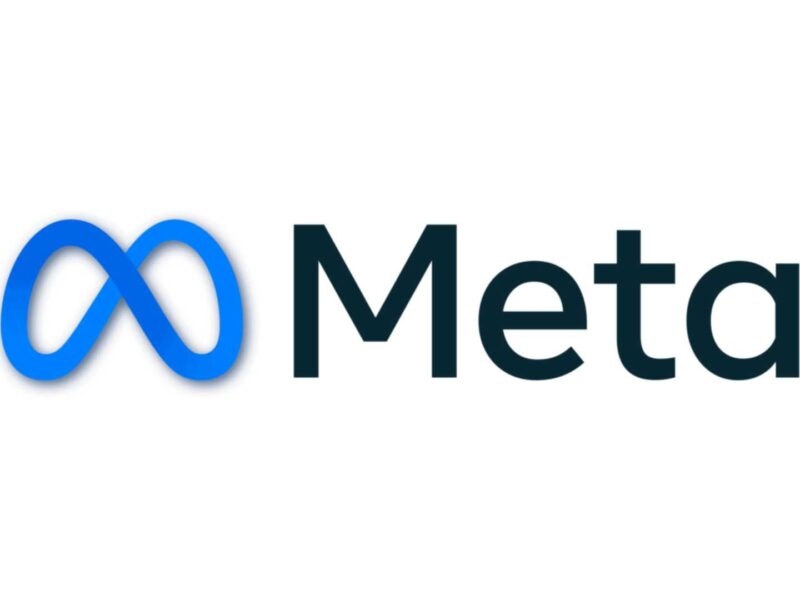The Great AI “Overhang”: Tech Leaders on What’s Holding Adoption Back
Sam Altman’s “overhang” highlights AI’s vast potential versus slow adoption, with only 16% of firms fully leveraging tools like ChatGPT successors per Gartner 2025.
This Techronicler article compiles insights from business leaders, thought leaders, and tech professionals on barriers to widespread use.
Experts cite trust deficits, integration hurdles, data gaps, and output reliability as culprits, advocating human-in-loop guardrails, niche focus, and empathy-driven UX for 70% faster uptake.
They warn superficial pilots yield 30% abandonment, urging real-time evals and workflow embedding.
In 2025’s AI boom, bridging this gap turns overhang into opportunity, unlocking productivity and innovation across sectors.
Read on!
Integration Challenges Block AI's Business Transformation Potential
I’d like to answer this from a purely business perspective.
Based on my consulting experience across the tech industry, I think the primary barrier to widespread AI adoption is the challenge of meaningful integration with existing business systems.
Many orgs struggle to move beyond superficial AI implementations that save marginal time to solutions that transform core business functions like real-time decision making, fraud detection, and pricing optimization.
The most successful AI deployments I’ve witnessed aren’t standalone tools per se, but AI capabilities embedded more deeply within business processes that deliver measurable bottom-line impact.
This integration challenge (and the associated risks with baked-in AI), coupled with the organizational changes required to fully leverage advanced AI capabilities, creates the gap between cutting-edge tech and practical everyday business application.

Lars Nyman
Chief Marketing Officer, Nyman Media
Trust and Reliability Determine AI Adoption Success
The bottleneck is not raw model power. It is trust, reliability, and workflow integration.
Companies hesitate when they cannot prove data protection, measure hallucinations, or plug AI into daily tools.
What works is a simple playbook: ship SOC 2-ready controls, turn on SSO and DLP, and run an eval harness that reports task success, latency, and hallucination rate by use case.
Integrate responses into the system of record, not a separate chat tab.
Two metrics predict adoption: weekly active users per team and percent of tasks completed end-to-end without human rewrite.
When those move, AI sticks. Costs will keep falling, but confidence only rises when leaders see controlled risk and consistent outputs.

Pratik Singh Raguwanshi
Team Leader Digital Experience, CISIN
Users Need Clear Purpose Beyond Vague Productivity
I would say the real drag on adoption has nothing to do with what the tools can do. It’s all in the false sense of scale.
Everyone thinks if a model can write code, summarize court transcripts, or spit out meal plans, it should be “working” for them too.
But the minute it needs setup, customization, or even an hour of learning to see payoff, folks bounce. Most users won’t pay $20/month unless they feel like they’re getting $20 back by Friday. That being said, when the mental math feels fuzzy, they opt out.
Honestly, the issue isn’t access—it’s purpose.
If 9 out of 10 users can’t name a task they’d offload to AI this week, that’s the stall point.
The tool may be smarter, faster, and multilingual, but if it doesn’t solve a problem they feel today, it’s just another app.
For AI to feel real, people need a reason that’s less abstract than “saving time” or “improving productivity.” That’s too vague.
A tool that can write a cover letter in 90 seconds or generate a $300 invoice by voice? Now that feels worth learning.

Shane Lucado Esq.
Founder & CEO, InPerSuit
Data Infrastructure Gaps Prevent Effective AI Deployment
Based on our work with numerous organizations, the primary barrier holding back widespread AI adoption is inadequate data infrastructure.
Many companies are excited about implementing advanced AI tools but lack the robust, scalable data foundation necessary to deploy these technologies effectively.
Our research consistently shows that organizations succeeding with AI implementation are those that first invest in modernizing their data systems and governance frameworks.
Bridging this gap between cutting-edge AI capabilities and practical business application requires a strategic focus on building the right data architecture before rushing to adopt the latest AI innovations.
Accuracy Errors Undermine AI's Professional Credibility Today
Based on my direct testing of ChatGPT, I believe accuracy remains a significant barrier to widespread AI adoption in professional settings.
When I evaluated ChatGPT by asking specific questions about companies and films, I discovered numerous factual errors that would be unacceptable in business communications or customer-facing content.
While these tools show impressive capabilities, organizations need reliable information to maintain trust with their stakeholders, which explains part of the gap between AI’s technical advancement and its practical implementation across industries.

Seth Newman
Vice President, SportingSmiles
Output Quality Concerns Require Better Workflow Guardrails
One thing I’ve seen holding back adoption—especially among business users—is trust in output quality.
We had a team experimenting with a ChatGPT-style tool to draft client emails and support replies, but after one awkward response slipped through (it used the wrong client name), leadership pulled back.
It wasn’t the tech’s fault—it was how we implemented it without clear human-in-the-loop steps. That gap between capability and confidence is the overhang Sam Altman’s talking about.
For widespread use to take off, tools like this need to integrate better into existing workflows with transparency and guardrails.
Right now, AI can do a lot, but most non-technical users don’t know how to use it safely or when to trust it.
Until there’s a layer that bridges that—think explainability, audit trails, and role-based controls—we’ll keep seeing hesitancy, not because AI isn’t ready, but because users aren’t ready to stake their reputation on it.
Perception Gap Prevents Users From Committing Fully
I believe we’re facing a confidence gap in the workplace.
There’s this funny tension of a moment in time where a ChatGPT can do $200 worth of research or analysis in 30 seconds, but a user is afraid to fully commit and believe in the output.
We as users want guarantees, guardrails, and plug-and-play certainty.
The thing is that most of these AI tools are still wild open-ended playgrounds. No buttons. No instructions. No guardrails… just a blank prompt box.
So sure, productivity gains are possible, but only if people use the tech. And using tech takes an emotional buy-in, not just awareness.
To be honest, I’m inclined to believe that AI’s biggest bottleneck won’t be in performance, because it will be perception.
Until you can wrap these tools up in a package where it feels less like you’re piloting a spaceship and more like you’re pushing a vending machine button, adoption will be behind the power curve.
You can’t quicken culture change with better tech. The short of it is that automation won’t take off until it’s frictionless… and at the moment, it still feels like homework.

Dr. Christopher Croner
Principal, Sales Psychologist, & Assessment Developer, SalesDrive, LLC
Human Connection Missing From Current AI Tools
Most people don’t fear the tech; they fear disappearing inside the tech itself. The tools are powerful, but they still feel cold to many humans.
Until AI speaks in a tone that feels human (curious, contextual, emotionally intelligent), everyday users will keep a safe distance.
In my world of brand strategy, I see it every day. Founders aren’t afraid of automation; they’re afraid of losing their voice.
That’s why we design AI not to replace creativity, but to reflect it, tools that act like creative mirrors instead of machines.
The real overhang isn’t technical, it’s relational. People adopt what they trust, and trust begins when technology remembers its humanity.

Gina Dunn
Founder & Brand Strategist, OG Solutions
Trust Drives Adoption More Than Technical Sophistication
Technology doesn’t fail because it’s too advanced; it fails because people don’t trust it yet.
As a CEO working at the intersection of science, innovation, and leadership, I’ve learned that adoption isn’t a technical process — it’s a human one.
We underestimate how much clarity and context people need before they’ll invite new tools into their routines.
AI will see mass adoption when it feels transparent, relatable, and genuinely useful in solving real problems.
People don’t resist innovation; they resist uncertainty. Trust, not sophistication, is the true catalyst for adoption — and that comes from empathy and communication, not algorithms.

Sabine Hutchison
Founder, CEO & Author, The Ripple Network
On behalf of the Techronicler community of readers, we thank these leaders and experts for taking the time to share valuable insights that stem from years of experience and in-depth expertise in their respective niches.
If you wish to showcase your experience and expertise, participate in industry-leading discussions, and add visibility and impact to your personal brand and business, get in touch with the Techronicler team to feature in our fast-growing publication.













